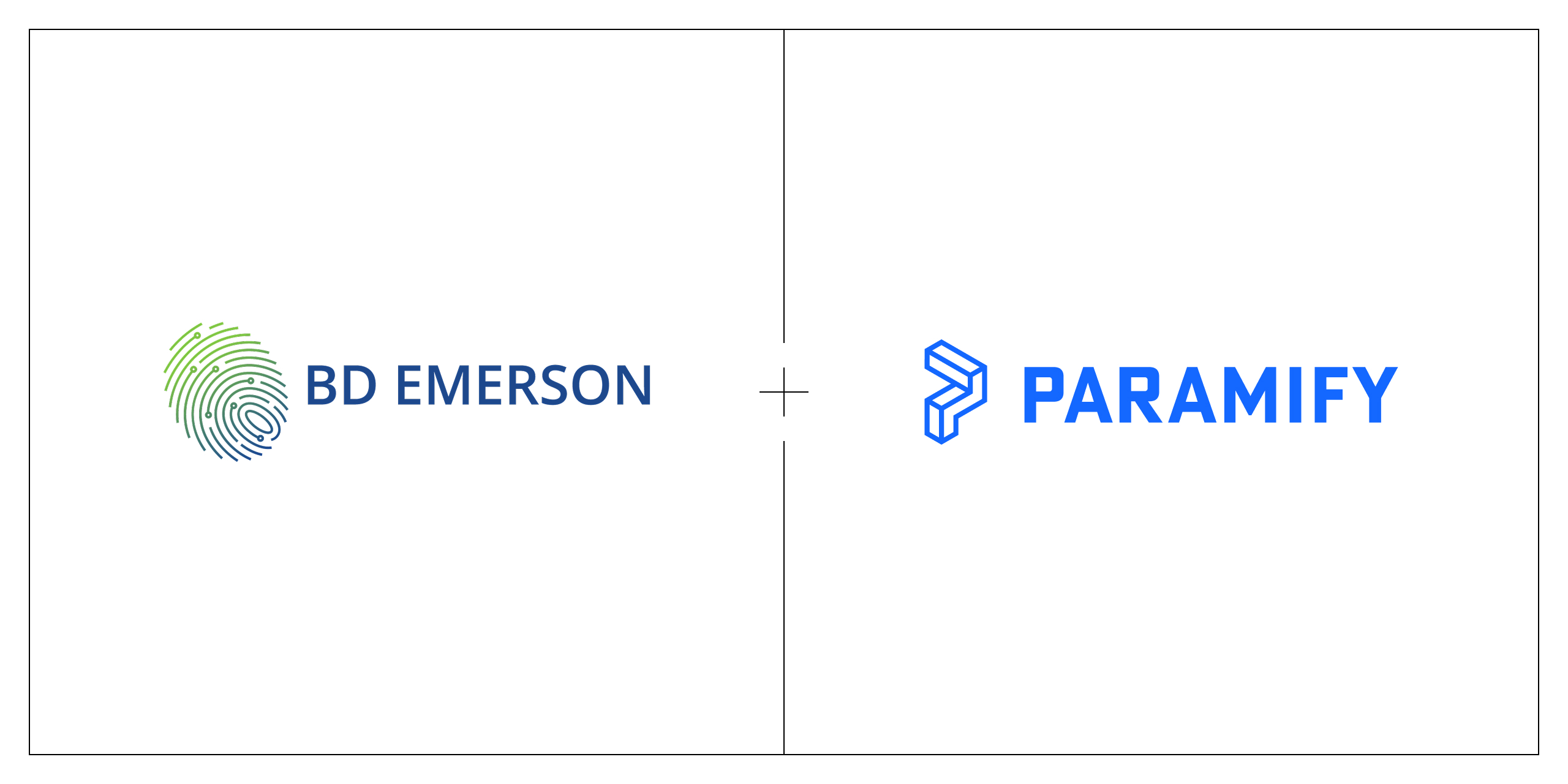In This Article

by BD Emerson, written for Paramify
On July 22, 2025, the Department of Defense sent the final 48 CFR rule, which are updated regulations that govern how CMMC will be enforced in contracts, to the Office of Information and Regulatory Affairs (OIRA). Once this review process is complete, defense contractors could start seeing CMMC requirements appear in contracts starting in October 2025.
For organizations in the Defense Industrial Base, this isn’t a distant policy shift. It’s a looming contractual cliff. If your company isn’t CMMC compliant, you could lose the ability to bid or be disqualified from contracts you already rely on.
This article will explain what the 48 CFR final rule is, why it matters, what deadlines you should be watching, and how Paramify and BD Emerson together provide the fastest, most affordable way to meet CMMC requirements before they shut you out of DoD opportunities.
What Is the 48 CFR Final Rule?
The 48 CFR final rule (short for Title 48 of the Code of Federal Regulations) is what officially ties CMMC compliance to federal contract awards. While 32 CFR Part 170 established the CMMC program as policy, 48 CFR puts it into action by embedding the requirements into the Federal Acquisition Regulation (FAR) system.
In plain terms:
- The DoD will soon begin inserting CMMC language into contracts.
- Contractors and subcontractors will be required to prove their compliance before they can win or keep contracts.
- Flowdown requirements mean subcontractors will also be dropped if they can’t prove compliance.
Once the rule is published in the Federal Register, it becomes enforceable immediately.
The Timeline You Can’t Ignore
The OIRA has up to 90 days (sometimes 120) to review the rule, after which it will be published. That means the earliest enforceable date is October 2025. If there are delays, the latest possible effective date is February 2026.
The phased rollout looks like this:
WHAT IT MEANS: As early as October 2025, contractors that aren’t able to show compliance status in SPRS will start getting cut out of competitions.
Why This Matters Now
The 48 CFR rule is not about new cybersecurity controls. It’s about enforcement. Here’s what’s at stake:
- Lost Revenue: No certification = no contract award. Even if you’re the best provider, you won’t be considered.
- Disqualified Subcontractors: If you’re part of the supply chain, primes will cut ties with non-compliant subcontractors rather than risk their own awards.
- Executive Liability: Senior leaders will have to personally affirm compliance annually. Signing off without airtight evidence could expose them to legal risk.
- Audit Pressure: Third-party assessments are binary—you’re either compliant or you fail. Last-minute scrambling won’t work.
- Backlog & Rising Costs: Assessors are already in short supply. The longer you wait, the longer the waitlist—and the higher the costs.
How to Prepare
Most organizations need 9–12 months to fully implement NIST SP 800-171 controls, close gaps, and prepare for certification. If you handle Controlled Unclassified Information (CUI), you’ll likely need at least CMMC Level 2 certification to remain eligible.
That means if you wait until the final rule is published, you may already be too late to secure contracts in 2026.
The BD Emerson + Paramify Advantage
At BD Emerson, we’ve helped dozens of defense contractors avoid compliance dead ends. By partnering with Paramify, we deliver a combined solution that addresses both the complexity and the speed of CMMC preparation:
- Paramify: Automation that generates audit-ready documentation within one week, continuously tracks compliance status, simplifies evidence management, and saves your team 40+ hours per week in managing POA&Ms.
- BD Emerson: Hands-on implementation of technical controls backed by deep expertise in CMMC/NIST 800-171 paired with fixed-price consulting and robust audit preparation–sparing your team from investing hundreds of hours into additional work.
Together, we cut compliance timelines in half while keeping costs predictable and transparent.
Don’t Wait until a Contract is on the Line
The 48 CFR rule is the final green light for contracting officers to enforce CMMC. When that happens, there will be no grace period, just missed opportunities.
If your business handles Federal Contract Information (FCI) or CUI, you need to act now. Don’t wait until you’re disqualified from bidding or get dropped by a prime contractor.
Schedule a consultation with BD Emerson and Paramify today and take control of your CMMC journey before the door slams shut.

.webp)

.webp)